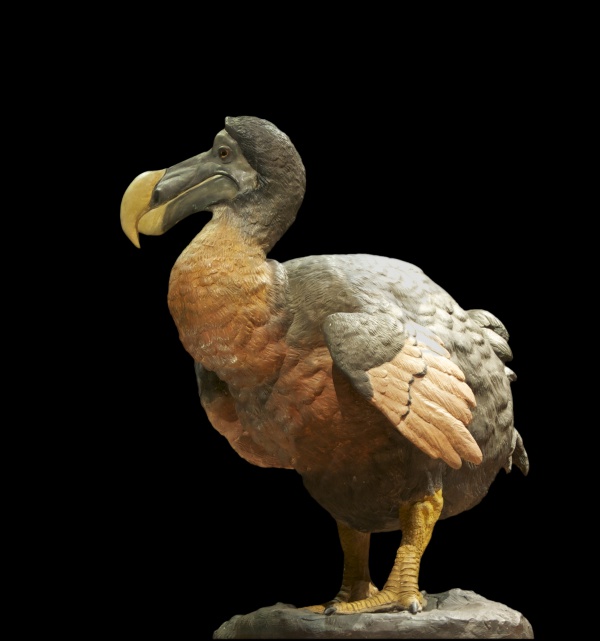Facts About Cuisine of Mauritius
Mauritian cuisine is a delightful amalgamation of Chinese, European, and Indian influences, reflecting the island's rich cultural tapestry. French culinary staples such as bouillon, daube, and coq au vin have found a cherished place in Mauritian kitchens, often reimagined with a local twist using fresh, native ingredients. When Indian laborers arrived in the 19th century, they brought with them culinary staples like curry, chutney, and pickles, which have since evolved into distinctive Mauritian variations. Chinese migrants also left an indelible mark, making rice a dietary cornerstone and introducing beloved dishes such as noodles, crispy chicken, and crispy squid.
Over the years, the island’s diverse communities have seamlessly blended their culinary traditions, creating a unique and flavorful food scene.
Sugarcane, introduced by the Dutch in 1638, has been a cornerstone of Mauritius's economy, particularly through rum production. Today, the island boasts several rum distilleries, a testament to its sugar industry heritage. On a hot day, nothing beats a refreshing glass of alouda, a cold beverage made with milk, basil seeds, and agar-agar jelly.
Mauritius also has a poignant historical connection with the dodo, a bird native to the island that went extinct due to human activities and the introduction of new species. The last dodo was recorded in 1681, but the bird remains a powerful symbol of Mauritius, proudly featured on the country's coat of arms.
